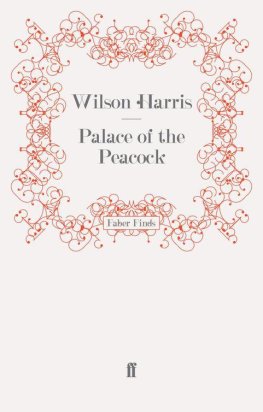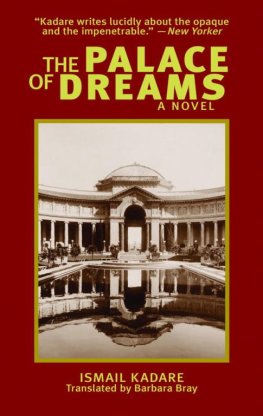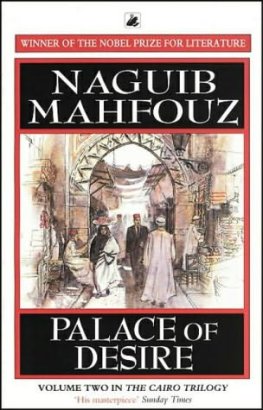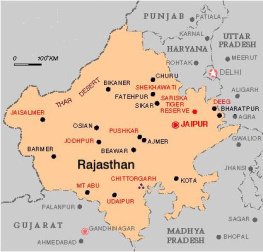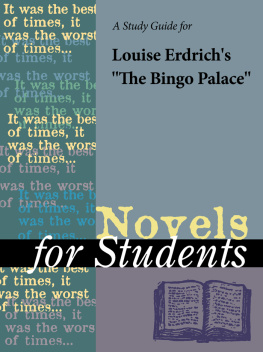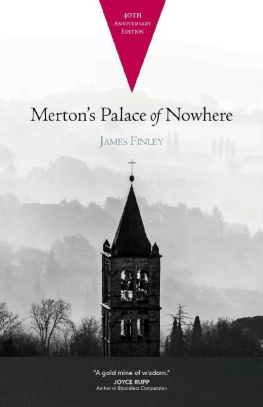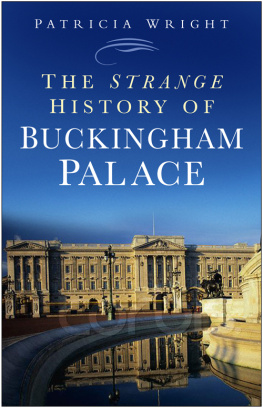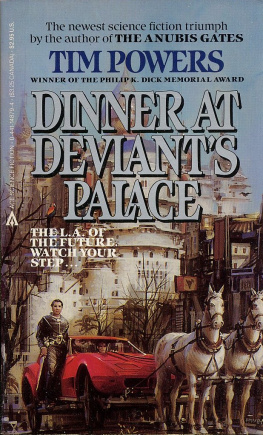Publication History
The print version of this book was published in 1981 by E. J. Brill Publishers (Leiden), as Volume XX of the Monographes du T'ong Pao (ISBN 9789004065079). In 2012, in response to a number of requests for copies of the publication, by then out-of-print, the author contacted the publisher about the possibility of producing a digital edition.
The Rights & Permissions Coordinator at Brill Publishers, in a communication dated February 20, 2013, granted the author the digital publication rights, as stated below:
In reply to your inquiry regarding the possibility to publish a digital edition of your work Palace Women of theNorthern Sung ISBN 9789004065079 (1981) I am happy to inform you that Brill has no objection.
Please feel free to publish the book electronically.
This Kindle edition has been produced to include all elements of the original print edition, with the exception of the Glossary and Index, which provided page references for the names and terms included in the Glossary. In place of the original, a hypertext version of the Glossay has been included that provides links to the locations of the names and terms. A number of the tables in the print edition are reproduced here as images of the originals; most are more legible viewed in landscape orientation.
Note on Chinese terms and names: Chinese in the text is given in the Wade-Giles romanization. For those terms and names collected in the Glossary, the Pinyin romanization is also provided. The Chinese characters in the Glossary are traditonal characters encoded using the UTF-8 standard.
Copyright 2015 Priscilla Chung
ISBN: 978-1-4951-7063-8
Contact the author at
Table of Contents
CHARTS
TABLES
FOREWORD
Historians are the prisoners of their sources. Only occasionally can they interview people with knowledge of the events about which they are writing. They must work from a partial, biased, and often tendentious record to piece together a coherent picture of the past. Nowhere is this problem more pervasive and serious than in the study of pre-modern China. The widespread use of printing in China from the 10th century on made possible the production of books in large numbers. As a result an abundance of materials have been preserved to our own times, but ironically printing has contributed to the biased character of our sources. When printing became inexpensive the preservation of manuscript materials became less important. So we are left with a printed record, and therefore are wholly in the hands of the persons who edited and selected what portions of the written record were to be preserved. These editors were almost exclusively educated male members of that high stratum of Chinese society which espoused the values of the political elite. Our record, even when it is not deliberately tendentious, is thus biased towards the male-dominated great tradition, and slights all other groups in Chinese society.
One of the most difficult tasks faced by historians, and one of the most important, is to squeeze from this biased record useful information about the kinds of people who were systematically ignored by the writers. Religious groups can be studied, at least in part, through their own literature. The job is more complicated when we attempt to understand some other groups. And yet the attempt must be made.
Priscilla Ching Chung, in this study of Northern Sung palace women, shows how an apparently unpromising body of materials can be exploited to throw new light on the role of palace women, a group until now largely undescribed. Dr. Chung is concerned to illuminate not only the characteristics of her subjects, how they entered the palace, their family backgrounds, and so on, but also to evaluate their role in the politics of the time. In the distribution of power within the central government just how significant a role was played by the imperial consorts? From what did they derive their powers? and how are their powers to be measured? How much prestige (as distinguished from political power) did such women have? And could their prestige be extended outward to encompass their families? How did male members of the regular (male) bureaucracy view female influence? What role did wet-nurses play? How powerful were the female regents of Sung times?
In seeking answers to these questions Dr. Chung begins by describing succinctly but in detail the palace womens organization which handled womens affairs. Here, and here alone in the Sung government, were offices staffed by female officials. Many aspects of the daily needs of palace womentheir food, clothing, housing, etc.were dealt with by this organization. Numbering personnel in the thousands it mirrored the male bureaucracy in structure and practice.
This palace womens organization existed primarily to serve the needs of the empresses and imperial consorts. Dr. Chung describes the organization of this harem before going on to discuss the methods of entering palace service, and retirement policies. Some women, of course, entered at the top of the pyramid, by marrying the emperor or emperor-to-be either as principal or secondary consorts. In most such cases the women were not the personal choices of the royal men themselves but of the empress dowagers or the then reining emperors. They thus might marry men who not only felt no affection for them but actually resented their presence. They might suffer the fate of Meng-shih, principal consort of Che-tsung, picked for him by Empress Dowager Kao. Meng-shih was promptly deposed by the emperor after his mother died. At times though, women so chosen gained the initial tolerance and eventual affection of their imperial husbands.
A small number of women entered the imperial palace by being summoned from service in the palace womens organization. Of the women studied by Dr. Chung about 10 percent, or half the number who married in, entered the palace in this way.
Presumably most of the thousands of women who served in the palace womens organization had been recruited by procedures akin to those used under later Chinese dynasties. Recruitment of girls from the general population was a practice that dated at least from the Han, and continued down to the end of the empire. Unfortunately there appears to be no description of the recruitment process for the Sung. Incidental references do suggest that girls were brought into service while still young (twelve or thirteen) and that they did not have to come from official families.
Many of the imperial women, as might be expected, did come from civil official backgrounds. What is more striking is the number who came from military families. The principal consort of Ying-tsung may serve as an example. Descended on her mothers side from one of chief military leaders of the early part of the dynasty, she was also on her fathers side the descendant of a military family. This penchant for alliances with families of military bent is particularly intriguing given the general opinion that the Sung was most civilian oriented of the major dynasties.
Other women became companions of emperors without benefit of impressive family connections. Liu-shih, a favorite of Emperor Hui-tsung, was the daughter of a wine seller; another powerful consort during the Southern Sung was the daughter of a retired palace musician.


